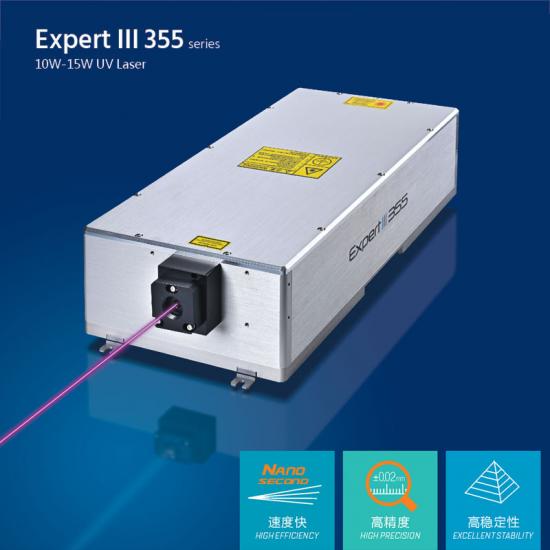What is the difference between CO2 lasers and UV lasers
Jul 24 , 2023CO2 lasers and 355nm UV lasers are both widely used in various industries for different applications. Let's dive into the differences between these two types of lasers.
Firstly, let's talk about CO2 lasers. These lasers operate in the mid-infrared range, typically emitting light at a wavelength of around 10.6 micrometers. They are called CO2 lasers because they use carbon dioxide gas as the lasing medium. CO2 lasers are known for their high power output and are commonly used in industrial applications such as cutting, engraving, and welding. They are particularly effective at cutting through thick materials like metals, plastics, and wood. CO2 lasers are also used in medical procedures, such as dermatology and surgery.
On the other hand, UV lasers operate in the ultraviolet range of the electromagnetic spectrum. They emit light at shorter wavelengths, typically ranging from 100 to 400 nanometers. UV lasers can be further categorized into different types, such as excimer lasers and solid-state lasers. Excimer lasers use a combination of noble gases and halogens as the lasing medium, while solid-state UV lasers use crystals or semiconductors.

UV lasers have several unique properties that make them suitable for specific applications. One of the main advantages of UV lasers is their ability to provide high precision and resolution. This makes them ideal for applications such as micromachining, semiconductor manufacturing, and 3D printing. UV lasers are also commonly used in scientific research, spectroscopy, and fluorescence imaging.
In terms of their differences, one key distinction between CO2 lasers and UV lasers is their wavelength. CO2 lasers operate in the infrared range, while UV lasers operate in the ultraviolet range. This difference in wavelength affects the interaction of the laser beam with different materials. For example, CO2 lasers are better suited for cutting and engraving materials that absorb infrared light, while UV lasers are more effective at materials that absorb ultraviolet light.
Another difference lies in their power output. CO2 lasers typically have higher power outputs compared to UV lasers. This makes CO2 lasers more suitable for heavy-duty industrial applications that require high cutting speeds and deep penetration. UV lasers, on the other hand, are better suited for applications that require high precision and minimal heat-affected zones.
It's important to note that both CO2 lasers and UV lasers have their own advantages and limitations. The choice between these two types of lasers depends on the specific application requirements, material properties, and desired outcomes.